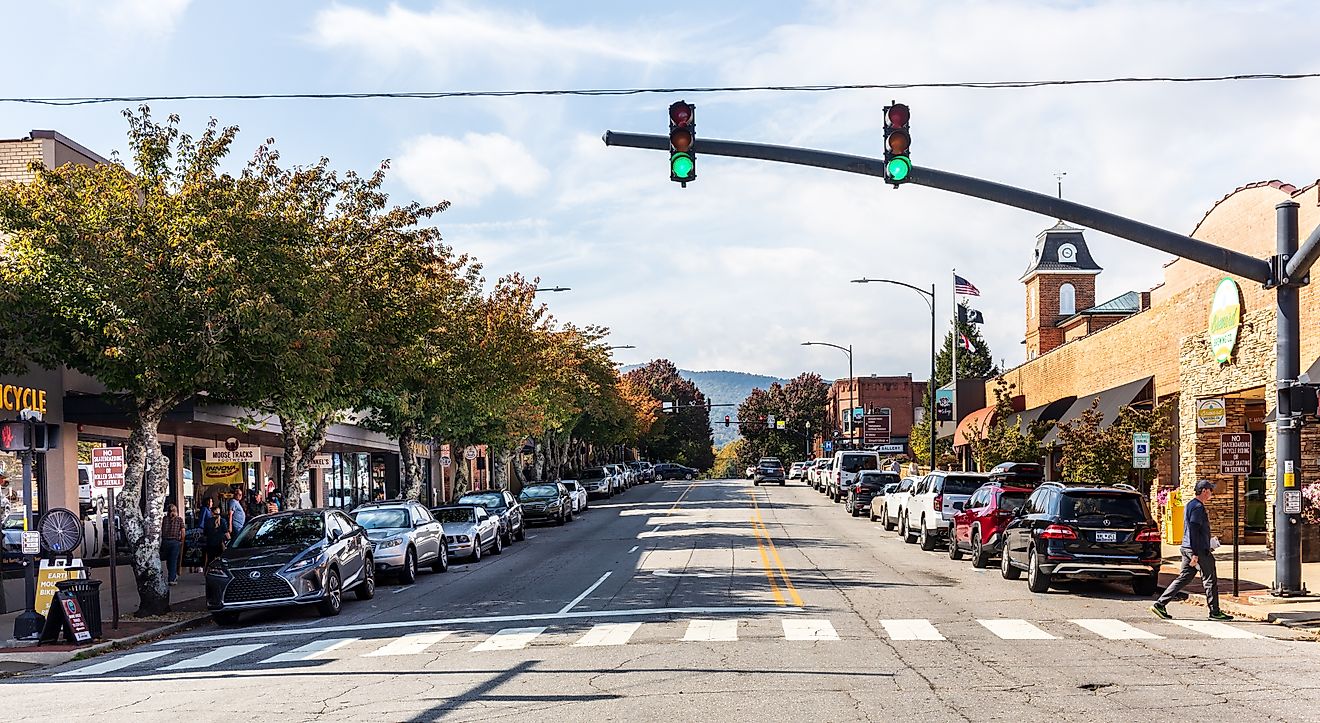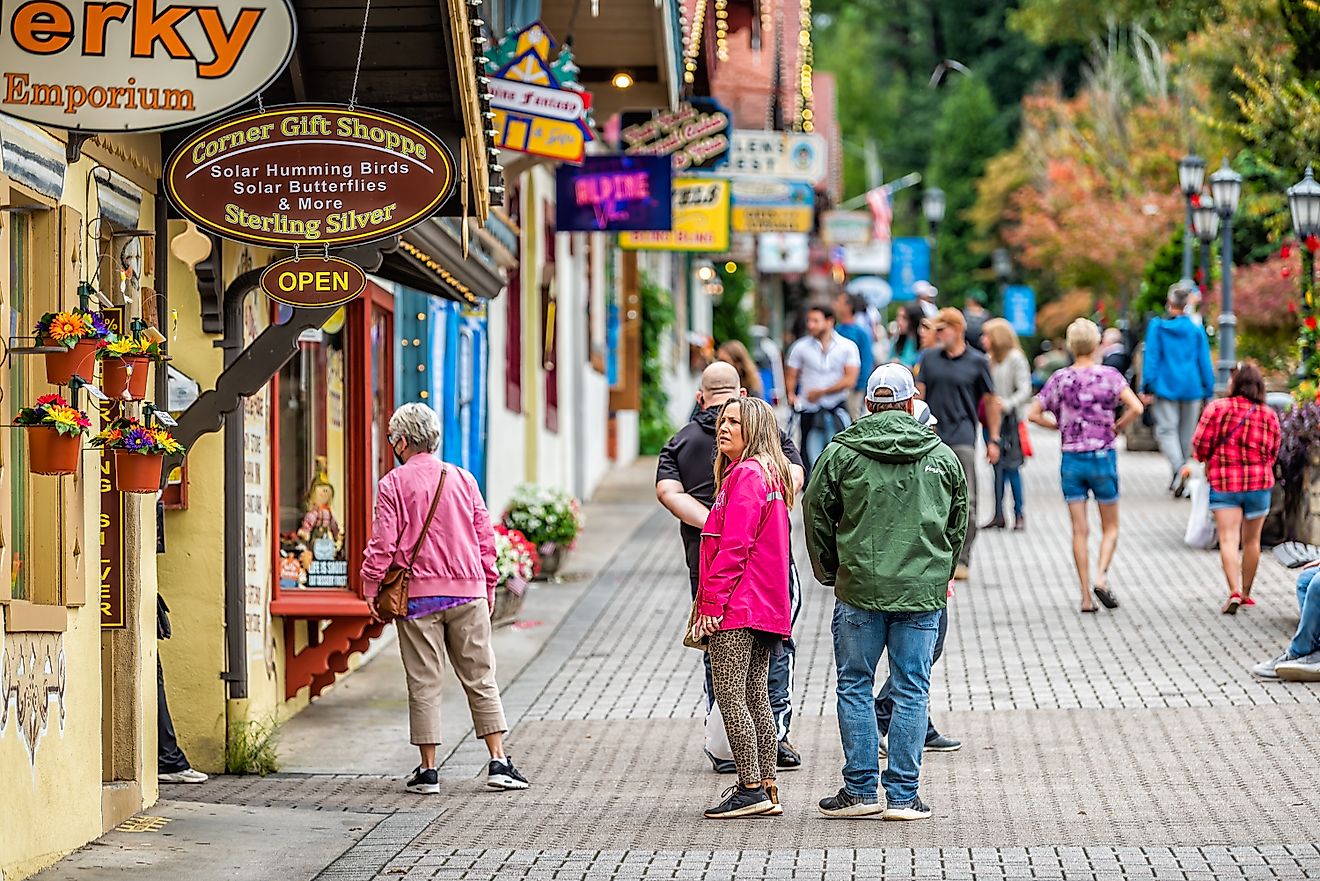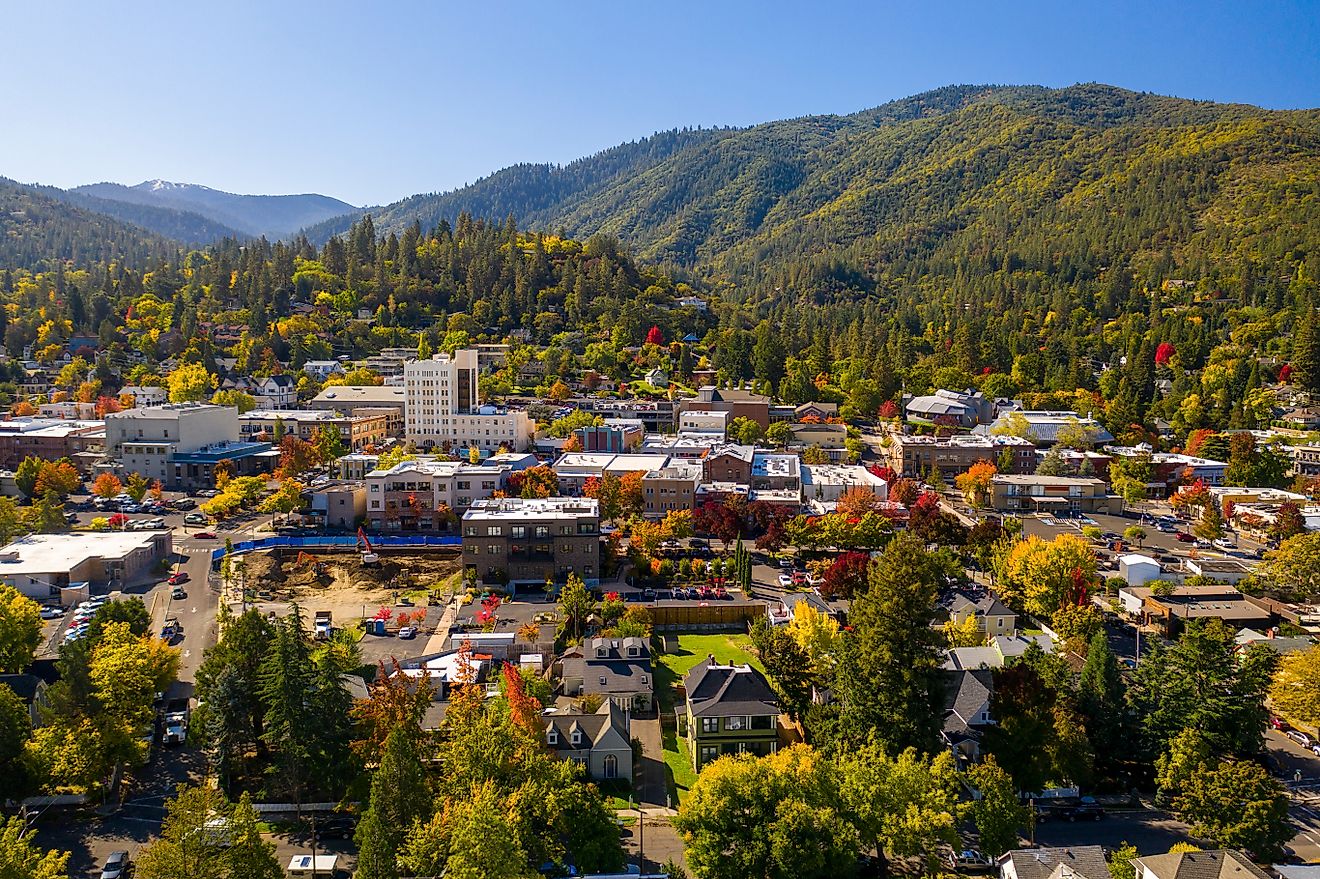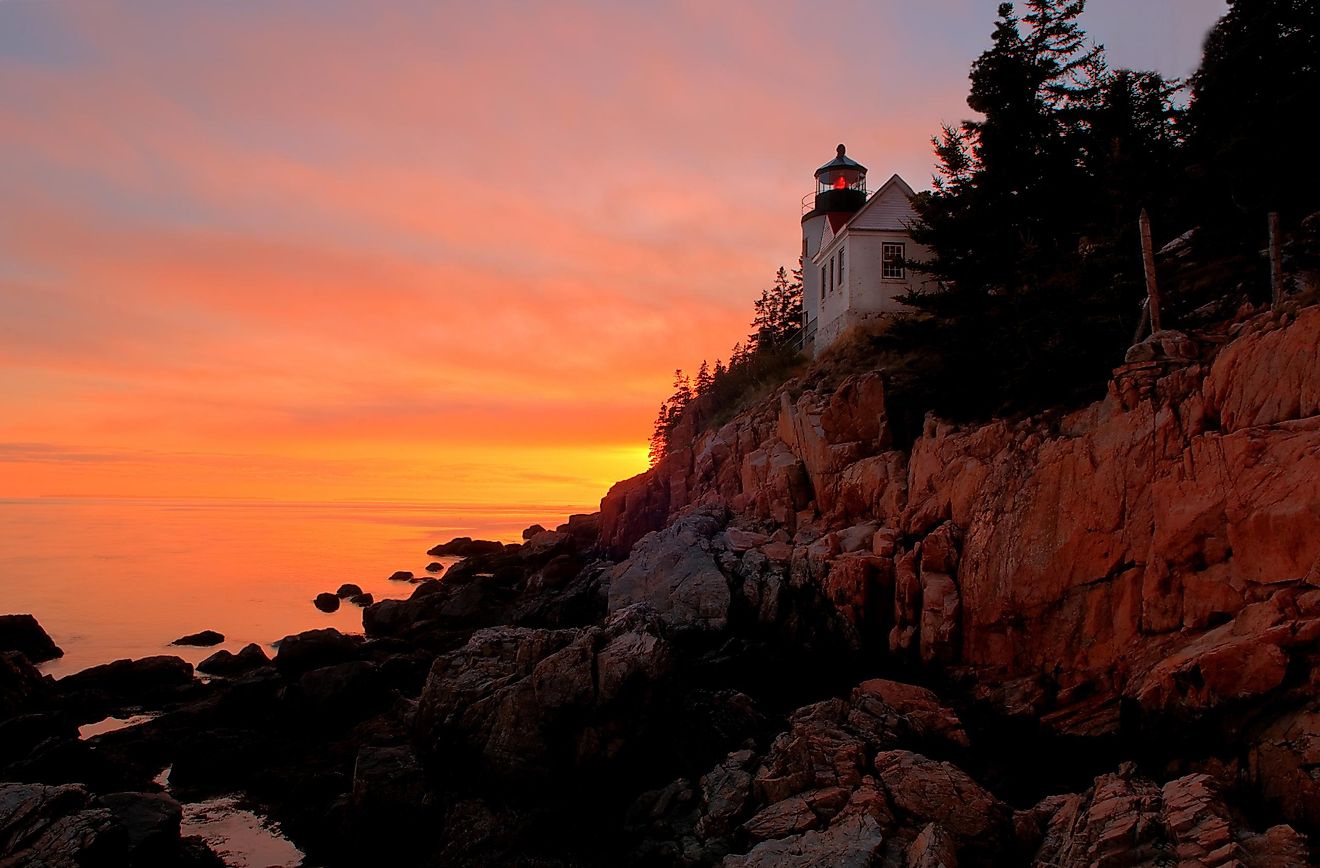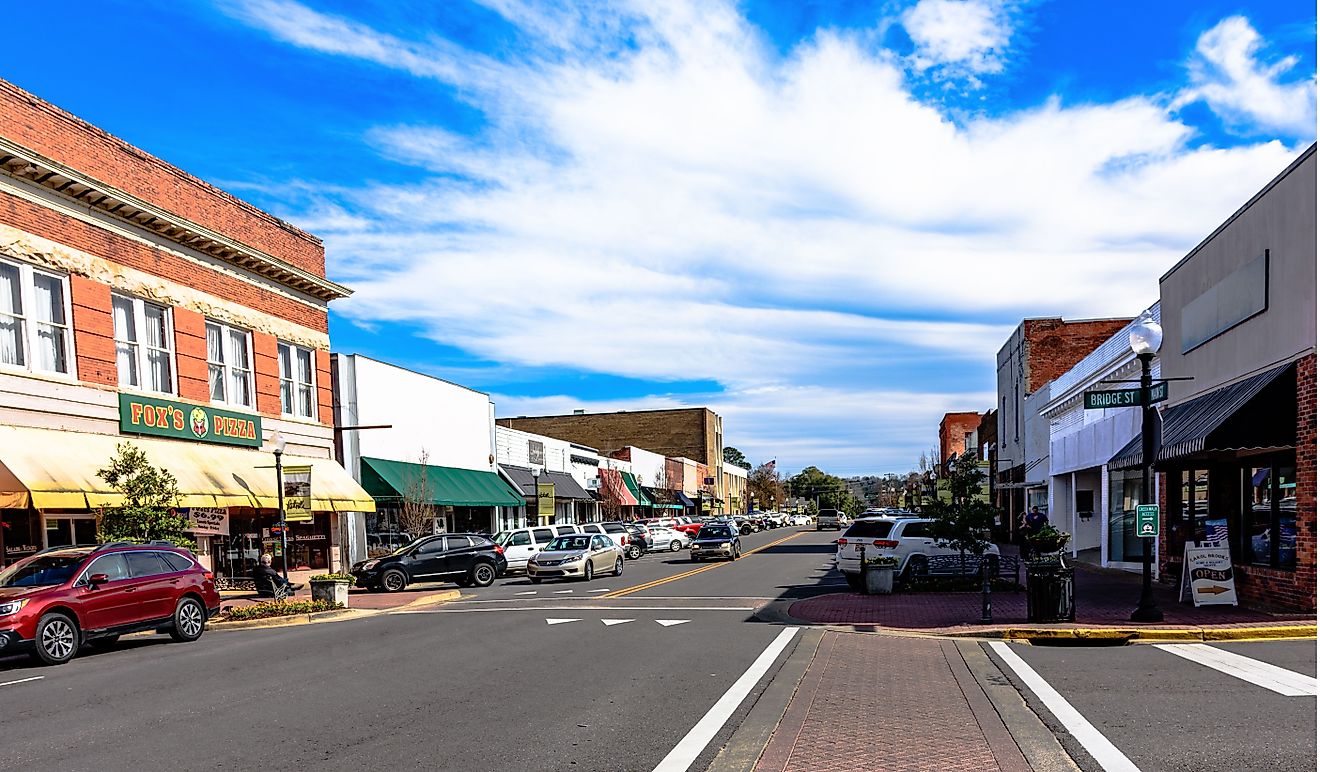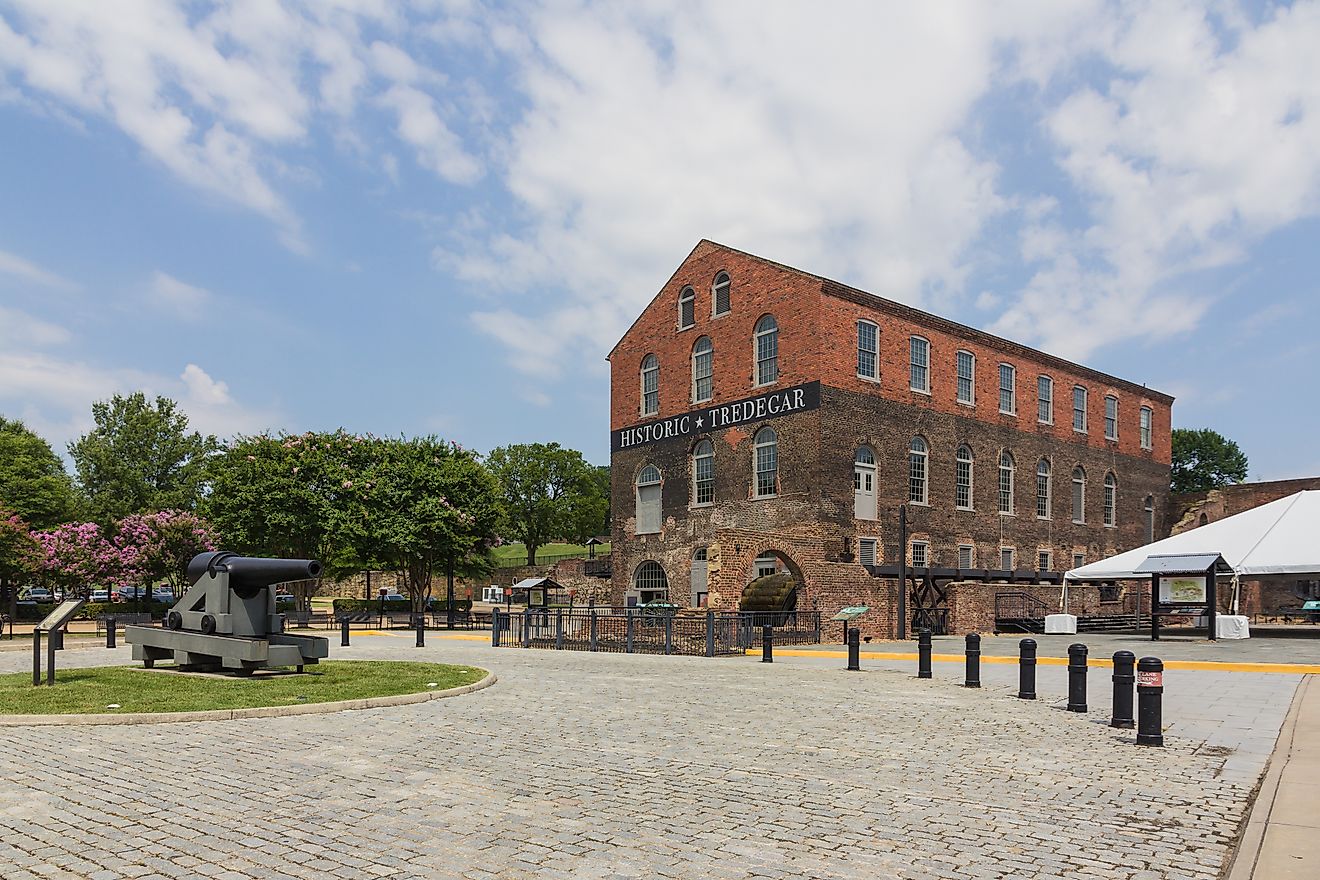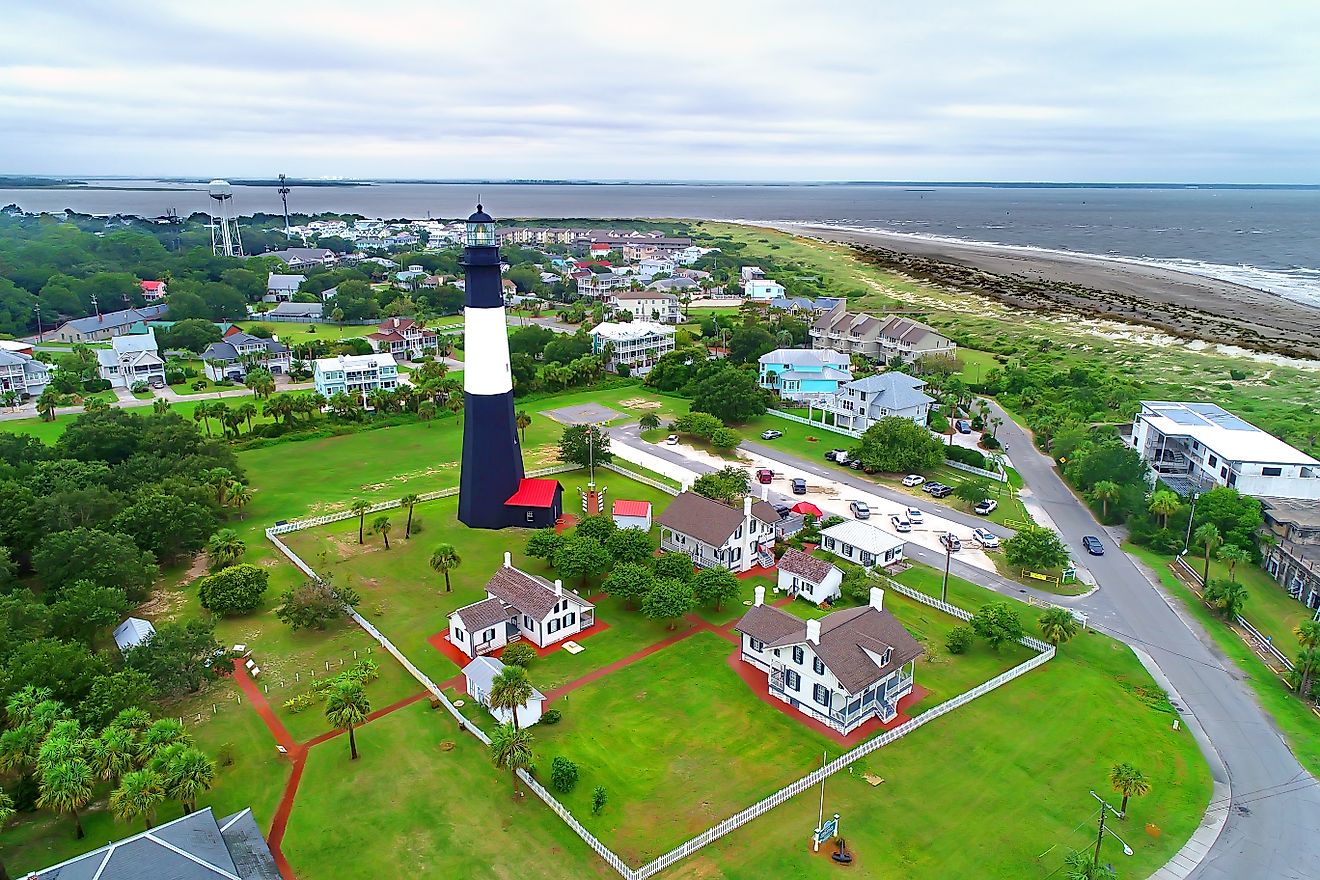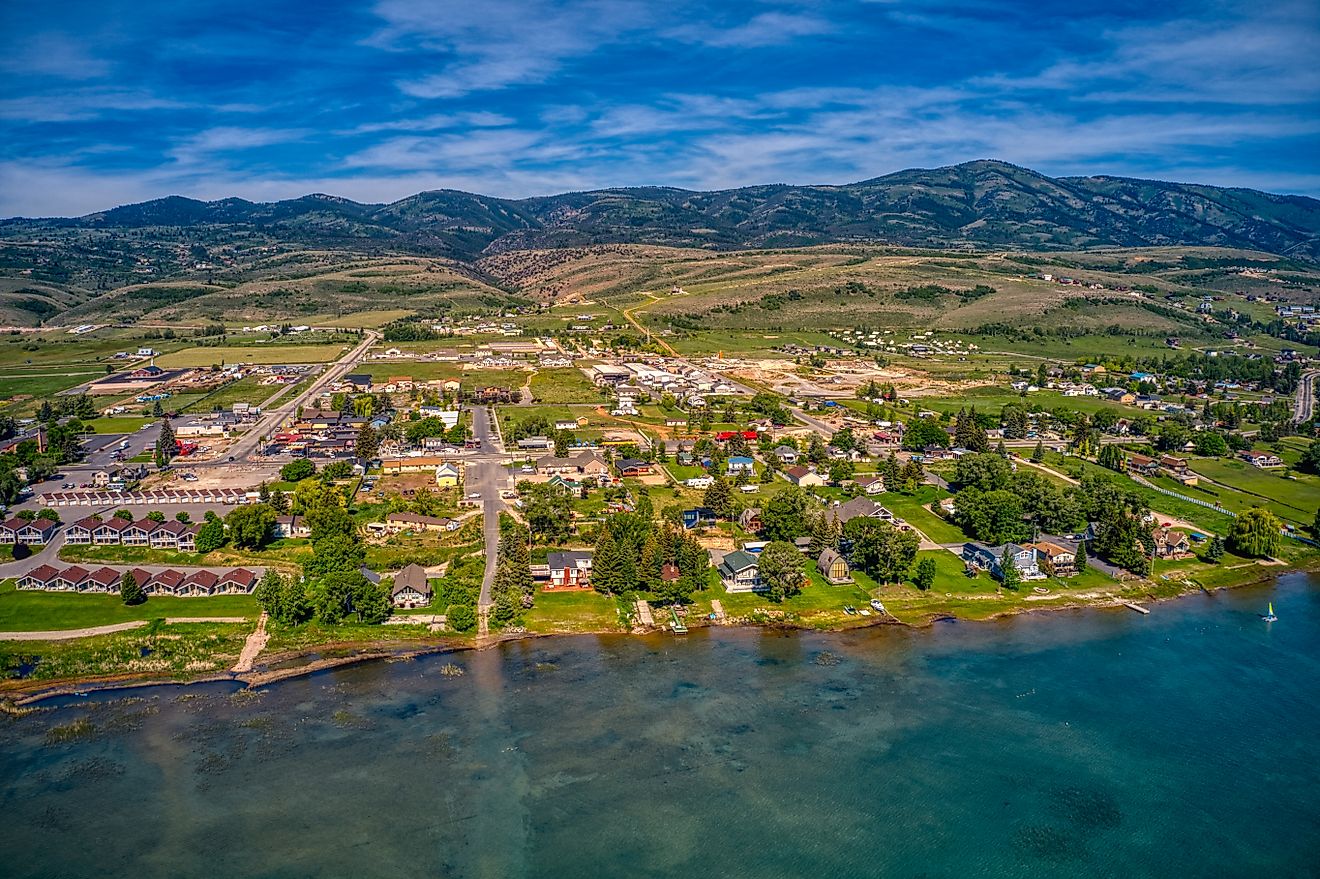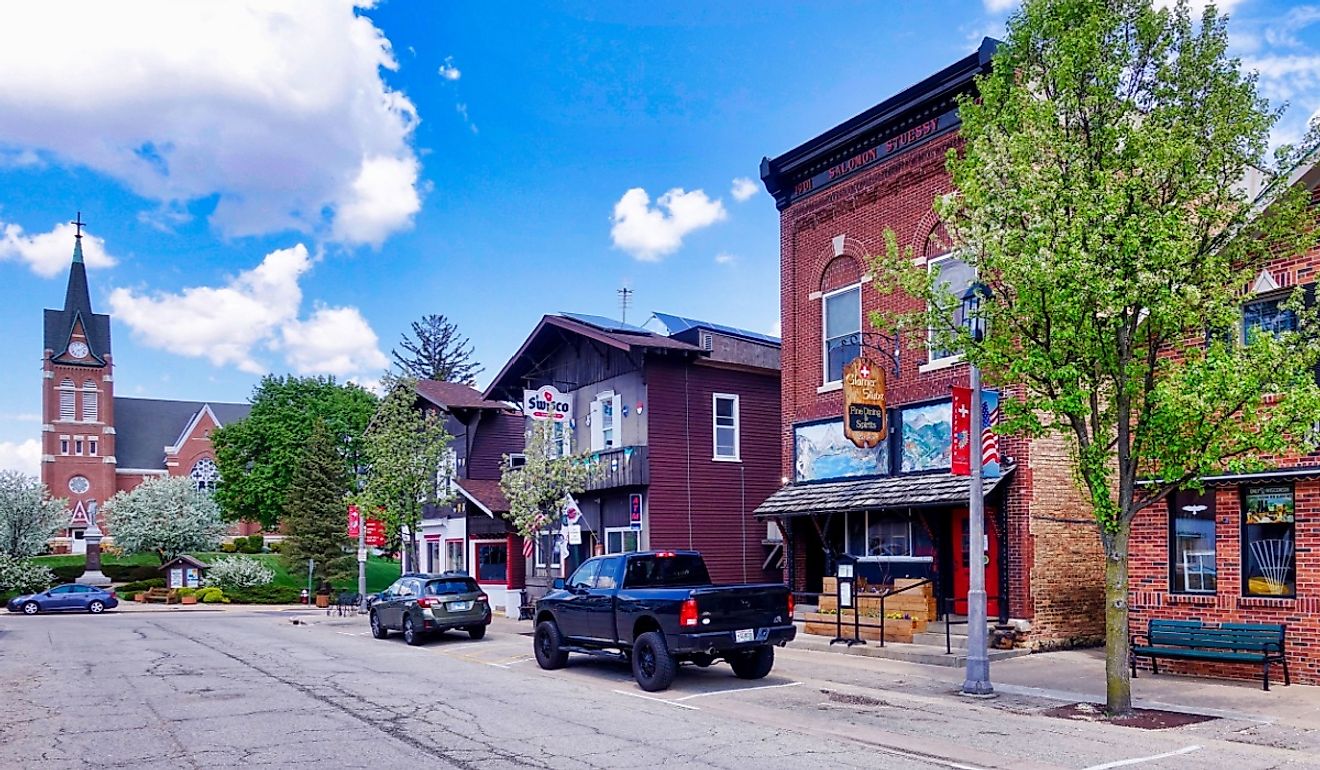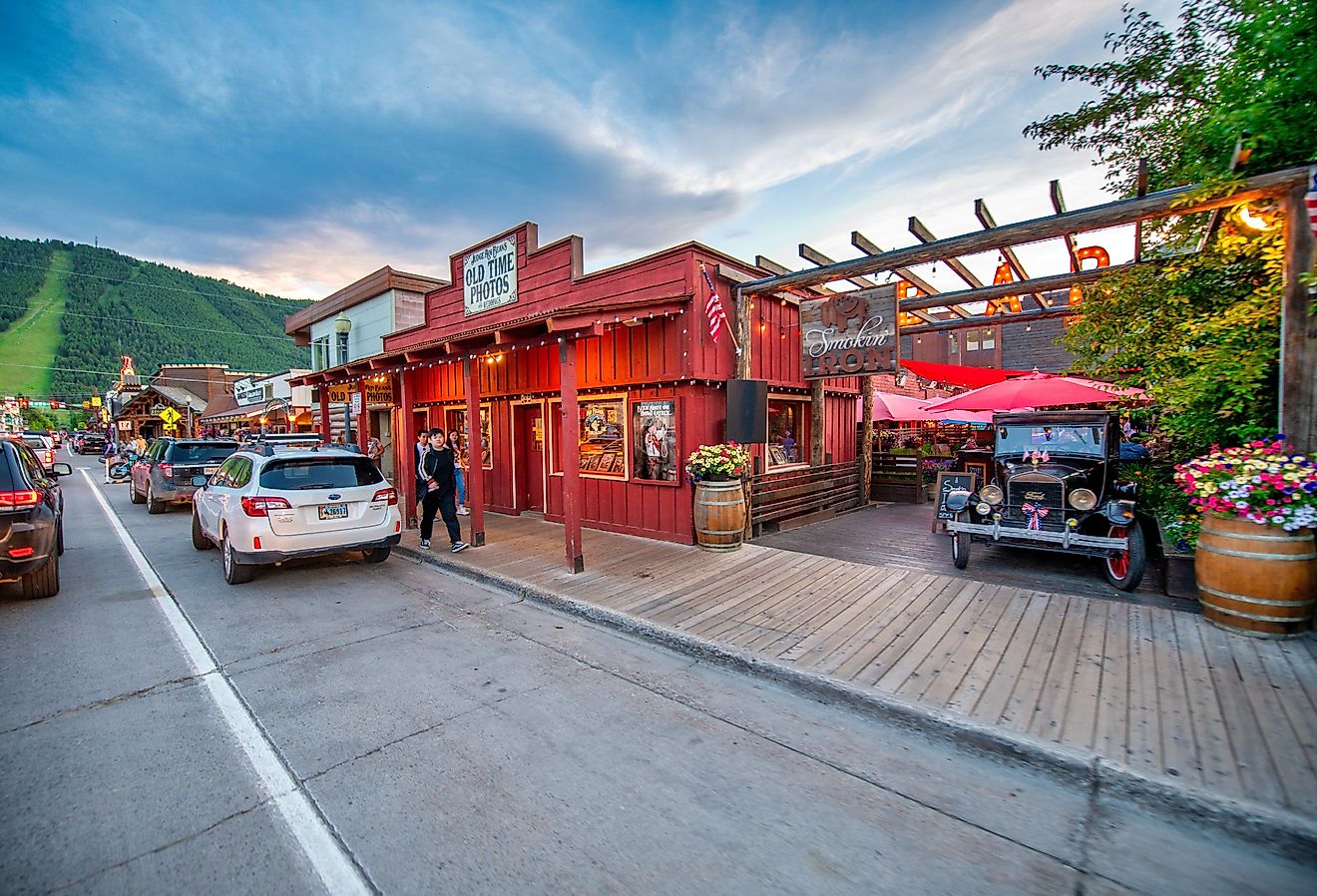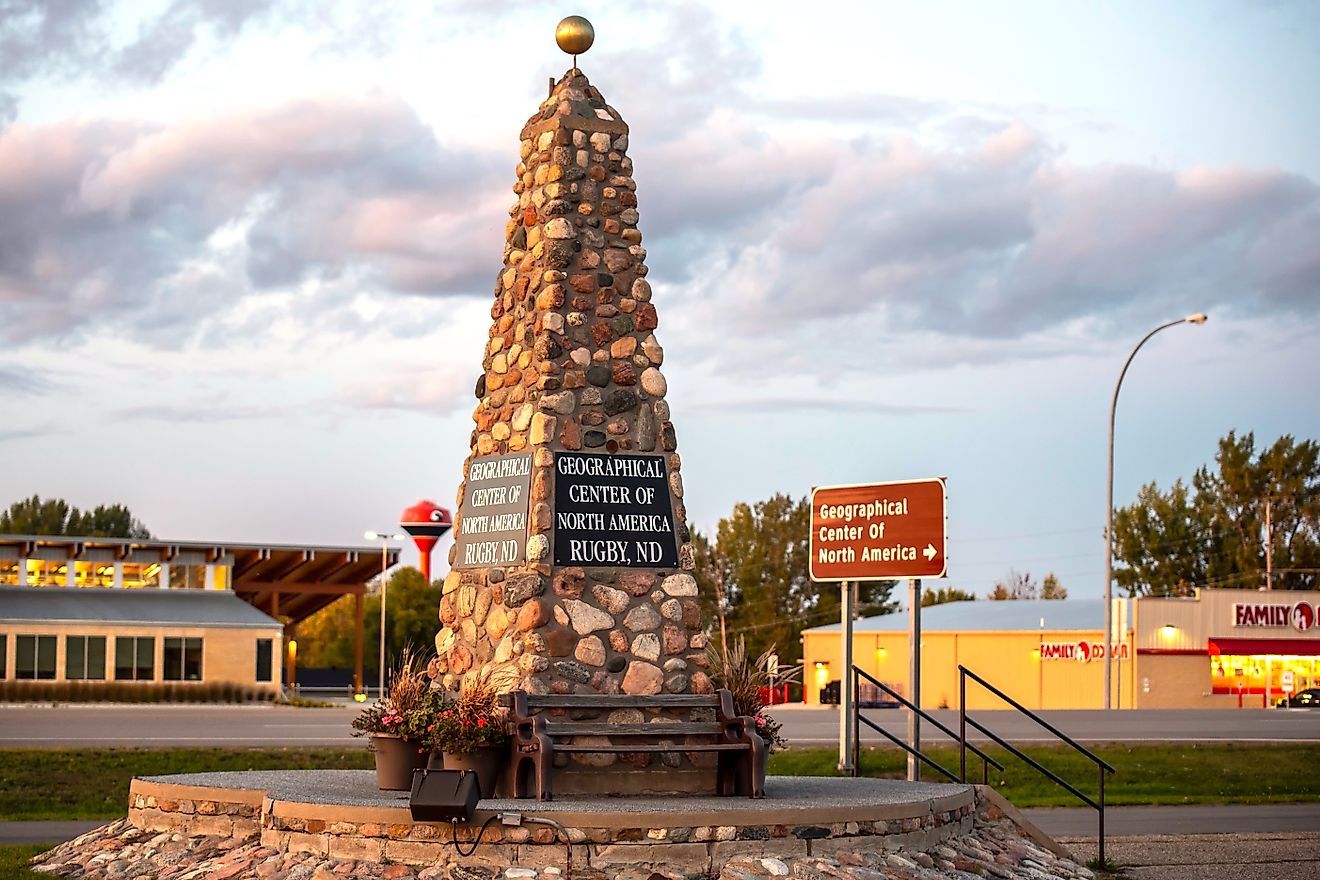
8 Picturesque Small Towns in Minnesota to Visit in 2024
Minnesota is a beautiful mixing pot of culture amongst the Midwest. The original inhabitants of the area, the Dakota and Ojibwe still have strong cultural roots in some towns. Once settlers from Scandinavia, Germany, and other European countries arrived, they brought their own cultures with them as well. Many of the settlements have become some of the most welcoming towns in the Midwest, and their sense of rich cultural heritage is apparent to those who visit.
Red Wing
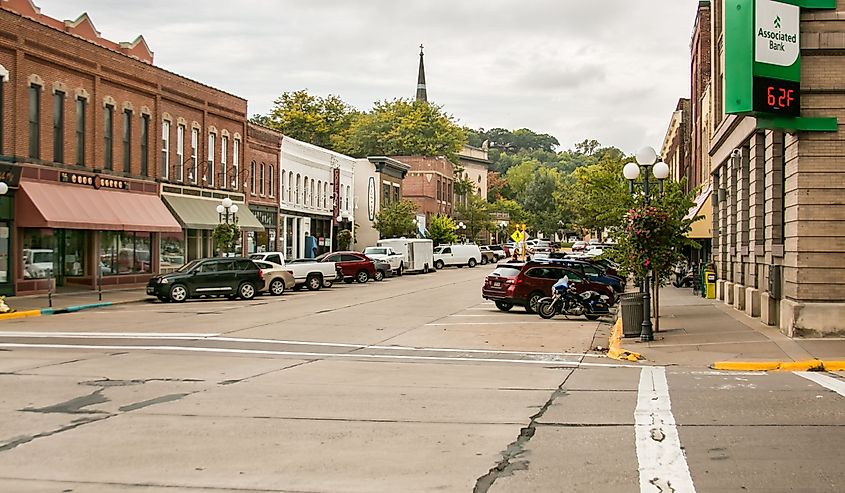
Alongside the Mississippi River, Red Wing has held cultural significance for people for hundreds of years. This small town received its name from the Bdewakantunwan Dakota and their leader "Tatankamani" who was also known as "Red Wing". During the 1850s to the 1880s many immigrants moved toward the town and began a new life alongside the river.
One of the most incredible and culturally significant places in the town is He Mni Can-Barn Bluff. Those who visit will find one of the best views of the Mississippi. This bluff was incredibly important for both the Dakota, and the European settlers. The bluffs are considered sacred ground to the Dakotan people, while the European settlers mined lime from the bluff to be used in the railroad.
After viewing the bluffs, visitors can take in the amazing St. James Hotel that has been around since 1875. For those travelers who love the fine arts, Red Wing does not disappoint. The Sheldon Theatre is a great place to watch a show and to be amazed by the unique interior. For nature lovers, Red Wing has plenty to experience as well. Frontenac State Park is nearby and has access to some beautiful hiking trails, campgrounds, and even horse trails! If exploring history is your passion, the Goodhue County Historical Society is a wonderful space to enjoy the views of the town, and learn more about Red Wing's history.
Stillwater
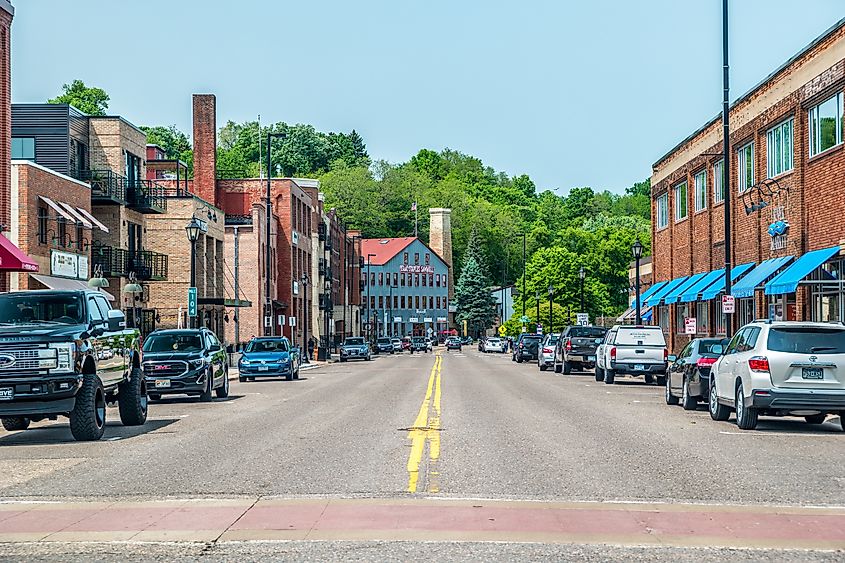
One of Minnesota's most historic towns is the impressive town of Stillwater. Considered to be one of the oldest towns in the state, much of this town's history can be thanked to the lumber industry. Due to Stillwater's location next to the St. Croix River and the state of Wisconsin, this town became crucial for the lumber industry. Visitors can still walk or bike across the Historic Life Bridge that was built in 1931. This bridge is one of the only remaining lift bridges in the Midwest and is an incredible location for watching the river. At Lowell Park, one can enjoy being next to the river, view the Historic Lift Bridge, and picnic at this incredibly well maintained park.
From peaceful bed and breakfasts, to antique shopping, there is something for everyone to experience in downtown Stillwater! Visiting the Arcola Mills Historic house is recommended to experience what it was like for this pre-civil war milling community. For those who want a peaceful afternoon, visiting the Stillwater Library is a terrific place to not just read, but to take in its beauty. Built in 1901, this Renaissance Revival contains stained glass windows, as well as iron shelving!
Pipestone
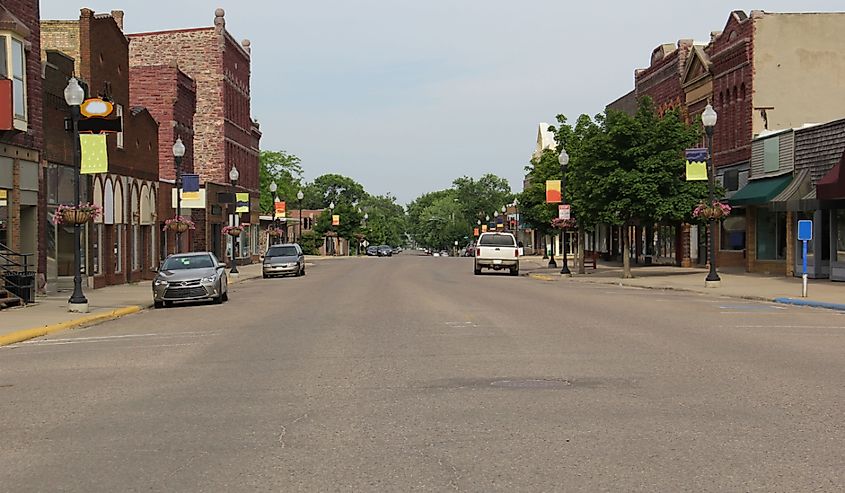
While much of Minnesota's historical and cultural significance comes from its waterways (The Great Lakes and Mississippi River), a lot of history can be found all throughout the state. The southwestern town of Pipestone is a town that is not just culturally important for settlers, but for Native Americans as well. While this town was not settled until 1876, the land had been visited by Native Americans for hundreds of years. One of the most culturally significant areas of the town is Pipestone National Monument. It became a monument in 1937, but the quarries that the monument contains were important for different Native American Tribes. Red stone was mined here for the use of making ceremonial pipes. Winnewissa Falls is another must see location for visitors, with a short hike to the falls.
Pipestone's downtown district tells the story of how this town has adapted over the years after the mining industry started to decline. Develop an understanding and appreciation of the town by visiting the Pipestone County Museum. Collections showcasing the rail, and mining industries can be viewed here.
Two Harbors

Originally two separate communities, Two Harbors was officially formed in 1907. Nowadays the town is best known for its access nature, as well as for being along Lake Superior. However, this small town was built upon iron mining that was found nearby. Much of the cultural significance of this town's history lies in the fact that it was so impactful in regards to mining and the railroad. Even nowadays one can take a walk along the Two Harbors Breakwall and while enjoying the view of Lake Superior, also spot a boat loading up on iron ore. You can even stay at Two Harbors Lighthouse and Museum. While enjoying the night at this wonderful Bed and Breakfast, guests can appreciate what life was like for lighthouse keepers in the area. The railroad was incredibly important for this town, and there still exists the North Shore Scenic Railroad that provides breath-taking views of the wilderness between Two Harbors and Duluth.
Much of Two Harbors modern culture comes from its access to some of the most spectacular nature in the entire state. At Split Rock Lighthouse State Park, visitors are free to explore over 12 miles of hiking trails as well as views from the cliffside. For those who need a break from all of the hiking, at the heart of the park is the Split Rock Light Station that was first built in 1910. Gooseberry Falls State Park is another great location to take in spectacular waterfalls, as well as the Lake Superior shoreline.
Grand Marais
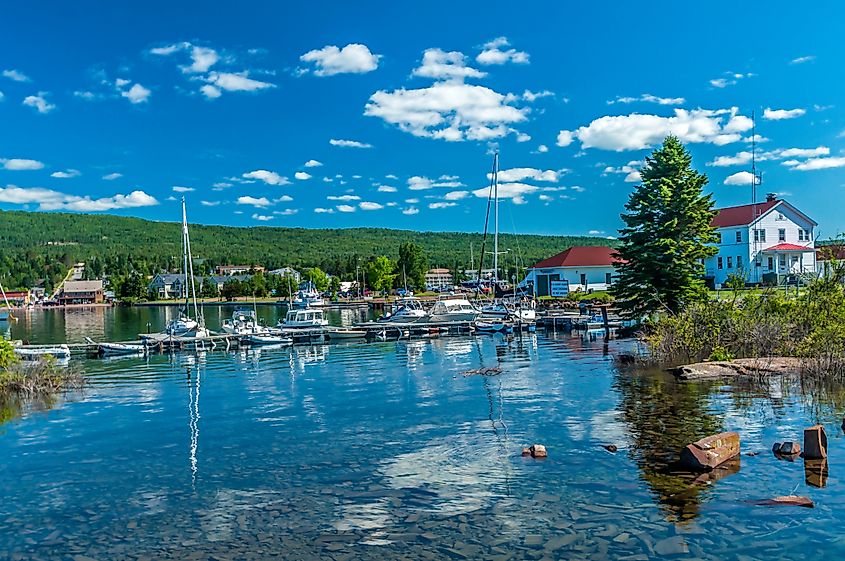
Along the shores of Lake Superior awaits the artsy town of Grand Marais. This peaceful town's quaint shores were originally fished by the Chippewa, a trading post established by French Settlers in the 1860s. Originally this town relied on commercial fishing, but between 1885 and 1910, Grand Marais was an important lumbar town.
The Cook County Historical Society is a fantastic place to get a real feel for the town during its boom as a lumbar town. Visitors can walk around and explore the five different maintained buildings such as the Blacksmith Shop, as well as a replica Fish House. At the Chik-Wauk Museum and Nature Center those who visit can take in the incredible restored stone lodge building, as well as learn about what life is like in the area. Its location near the end of the Gunflint Trail allows people to go out and try to spot different plants and animals that inhabit the trail. For those looking for an easy hike to get views of the area, the Sweethearts Bluff Nature Area is an easy hike for all ages. With three different loops avaiable, it will be easy to find your favorite view of Lake Superior.
Bemidji

At the headwaters of the Mississippi River, is the historic town of Bemidji. The town's name comes from the lake that the town surrounds. Bemidji in Ojibwe means "a lake with crossing waters" due to how the Mississippi River flows through the lake. While driving through the town one of the first things that can be noticed are the giant Paul and Babe Statues alongside the lake. It is recommended to take a photo with these statues with the beautiful lake in the background. Lake Bemidji is a favorite for locals and visitors alike year round. From water sports in the summer, to ice fishing in the winter, the lake provides year round.
Those in Bemidji are fortunate enough to be able to learn and experience both Native culture, as well as European. If lucky enough to be in Bemidji in the spring, attending the Spring PowWow is a must do cultural experience. At the event local Native Americans perform traditional dances, vendors sell handmade works, as well as traditional foods. Near Bemidji is the Concordia Language Villages which provides different language camps for all ages (Spanish, Finnish, Norwegian, German, Russian and French).
Biwabik

One of the most culturally unique towns in all of Minnesota is the Bavarian-themed town of Biwabik. The town is also known for its natural beauty being by the Mesabi Range. One of the largest attractions in the town is the Biwabik Blueberry Arts Festival. This festival takes place every July, and guests can experience live music, art, and a number of different craft vendors (along with blueberry treats).
Giants Ridge Recreation Area, a popular spot, is a year round outdoor enthusiasts dream, from golfing, to hiking, to skiing, and even fishing there is something to do all year. The Mesabi Trail is another great location for those wanting to relax in nature. This 132-mile trail can be hiked, biked, or even snowmobiling. Take in the views of forests, rivers, and lakes.
Minnesota, the Land of 10,000 Lakes, is one of the most interesting states in the entire Midwest. Many of its towns are still influenced by Native American culture, as well as European culture. For those exploring this wonderful state, take in the rich cultural heritage that different people have brought to these incredible small towns.
